Leslie Kaufman for Bloomberg Green:
The team tags the trash prominently with an OOPS label reminiscent of a hotel “do not disturb” sign. It has two purposes. The first is to lightheartedly explain to the owners what they’ve done wrong. The tag includes illustrations of most common forbidden categories, such as plastic bags. The second is to tell the recycling trucks not to pick up. Residents either fix the problem or forgo service.
“Zero tolerance brings the quickest compliance,” says Cecilia Shutters, the technical adviser for Feet on the Street, the program Atlanta is using to corral its residents into better recycling behavior.
Deliberately rejecting recycling might sound like a rough tactic, but for city recycling programs these are desperate times. For about two decades, the U.S. and most of the world sent much of its dirtiest recycling to China, where cheap labor sorted through the mess extracting valuables and dumping the rest. But in 2017, China severely tightened rules for taking contaminated trash.
The fallout has been dramatic. Five years ago, China took 40% of America’s recyclables, according to the National Waste and Recycling Association, a Washington, D.C. area-based industry advocacy group. Now almost none of it goes to China.
Americans and their recycling programs are going to have to evolve following the loss of China. We’re years, if not decades, behind because of our dependence on them — and now that they’re not taking anymore, we’re drowning.
“Look, the way we’ve taught people to recycle is horrendous,” says Susan Collins, executive director of the Container Recycling Institute, a California nonprofit group. “No other country does it like this.” In Japan, some towns demand that residents sort trash into 45 separate categories, including separate bins for pillows and toothbrushes.
We need to take more baby steps soon. We’re not ready for 45 separate categories, but we have to start somewhere.
